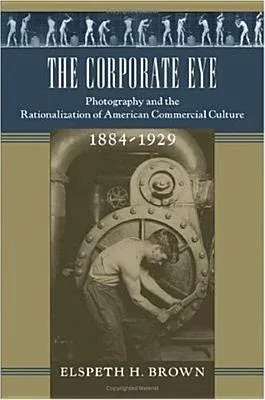Elspeth H Brown
(Author)The Corporate Eye: Photography and the Rationalization of American Commercial Culture, 1884-1929Hardcover, 26 July 2005

Qty
1
Turbo
Ships in 2 - 3 days
In Stock
Free Delivery
Cash on Delivery
15 Days
Free Returns
Secure Checkout

Reading Age
Ages: 22
Grade Levels
17
Part of Series
Studies in Industry and Society
Print Length
348 pages
Language
English
Publisher
Johns Hopkins University Press
Date Published
26 Jul 2005
ISBN-10
0801880998
ISBN-13
9780801880995
Description
Product Details
Audience:
Ages: 22
Author:
Book Format:
Hardcover
Country of Origin:
US
Date Published:
26 July 2005
Dimensions:
24.03 x
16.41 x
2.77 cm
Educational Level:
Grade Levels: 17
Genre:
19th Century
ISBN-10:
0801880998
ISBN-13:
9780801880995
Language:
English
Location:
Baltimore
Pages:
348
Publisher:
Weight:
657.71 gm